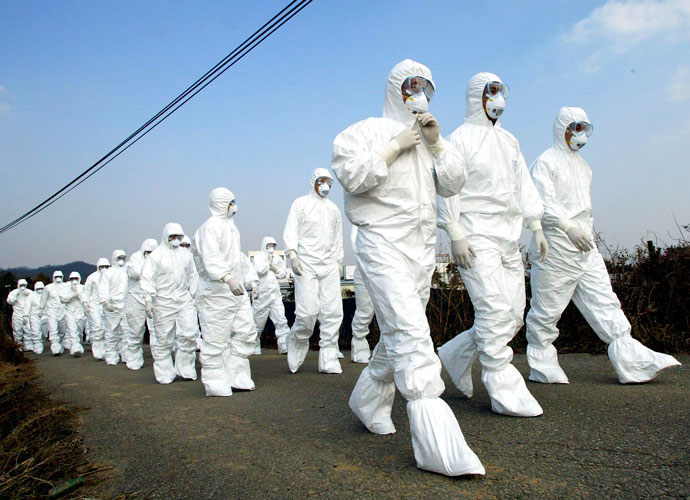The Polls Got It Right: How Polling Changed For The Better In 2018
Public faith in election polling took a huge hit in the wake of the 2016 presidential election, forcing companies in charge of collecting and presenting poll data to come up with new, more accurate methods of predicting results.
In 2016, pre-election voter polls inaccurately predicted that Democratic Candidate Hillary Clinton would sweep the election over then-Candidate Donald Trump.
Although pollsters accurately predicted a modest popular vote victory for Clinton, they greatly overestimated the former Secretary of State’s appeal among voters in key states like Pennsylvania and Wisconsin.
This year, polling agencies have taken a different approach to presenting public polls by releasing multiple polls with different estimates, and by implementing new methods of voter data collection to more accurately capture voter attitudes.
Subscribe to our free weekly newsletter!
A week of political news in your in-box.
We find the news you need to know, so you don't have to.
And by and large, their new approach has been a success, as this year’s projections were the most accurate they have been since 2006.
50 CELEBRITIES WHO DIED IN 2018 – TRIBUTE SLIDESHOW
The margin of error for the 43 polls conducted by the New York Times and its partner, Siena College, was better than the expected average, with their Senate and House polls averaging a small 4.3 and six percent deviation respectively.
The Times’ polls overestimated the Democrats’ performance, but only slightly, as the projections were only off by 0.4 points. For context, similar polls from 2016 overestimated the Democrats’ chances of winning by a full three points.
Times have changed since the disastrous 2016 polls, and, as the New York Times-Siena College results show, the new methods of voter data collection implemented by polling companies has shown to be more reliable than in previous years.
The disparity between the polls and the actual election results has largely been attributed to similar problems that plagued previous polls, but to a less severe extent.
Factors, including public distrust of polling agencies and uncertainty surrounding voter turnout had previously hampered pollsters’ abilities to collect accurate information. When cold calls from polling agencies go unanswered, or if dubious voters refuse to give their opinions, then pollsters have an more difficult time estimating who will actually go to the polls on election day.
“We do not know what the population is until Election Day,” pollster Patrick Murray wrote on Twitter earlier this year. “We are modeling a possibility.”
Those models, which no longer rely on random digit dialing to reach voters, included information gathered through the creation of voter files filled with publicly available information, including who is registered to vote and how often they exercise their right to vote.
This data is further supplemented with information obtained from commercial vendors.
Overall, these new method of data collection and targeting allowed companies like the New York Times to contact and poll people who were more likely to vote in upcoming elections, a contributing factor in the largely accurate series of polls that came out this year.
Get the most-revealing celebrity conversations with the uInterview podcast!







Leave a comment